We took half a day off at Jambughoda Palace to visit the nearby Champaner World Heritage Site. It’s some 25km from the Palace and the drive is one of the most beautiful I have had in Gujarat. Clean winding road with Jambughoda Forest on either side.
At Champaner, we visited Professor Ghanshyam Joshi, who has worked hard for over 20 years, documenting the archaeological remains and created a draft (with some other prominent people) to submit to UNESCO, to ultimately win the World Heritage Site status for Champaner-Pavagadh in 2004. Today much of Champaner is preserved and hopefully the monuments will be conserved. Pavagarh has an ancient temple which we couldn’t visit because because we simply didn’t have enough time.
Prof. Joshi explained to us in details the history of Champaner-Pavagarh in a fascinating 2 hour conversation. He asked us to visit the Jami Masjid, then take the gravel road behind the Masjid to Kevda Masjid and then to Nagina Masjid. The kabootar-khana (Pigeon house) next to the Bada Talao (Large Pond) is also worth visiting. Apparently the Sultan had a personal collection of pigeons and he would relax in the cool breeze next to the Bada Talao, and watch his pigeons fly around. We didn’t have enough time to visit the entire space and we ended up spending all the time inside the beautiful Jami Masjid.
Everytime I visit an architecturally interesting place like this, I wonder why we do not include more of our own designs and motifs in contemporary architecture.
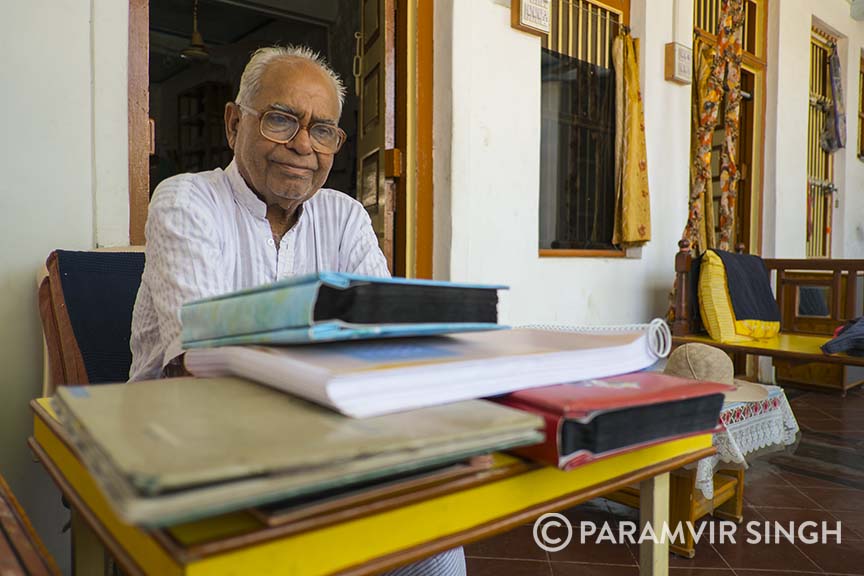
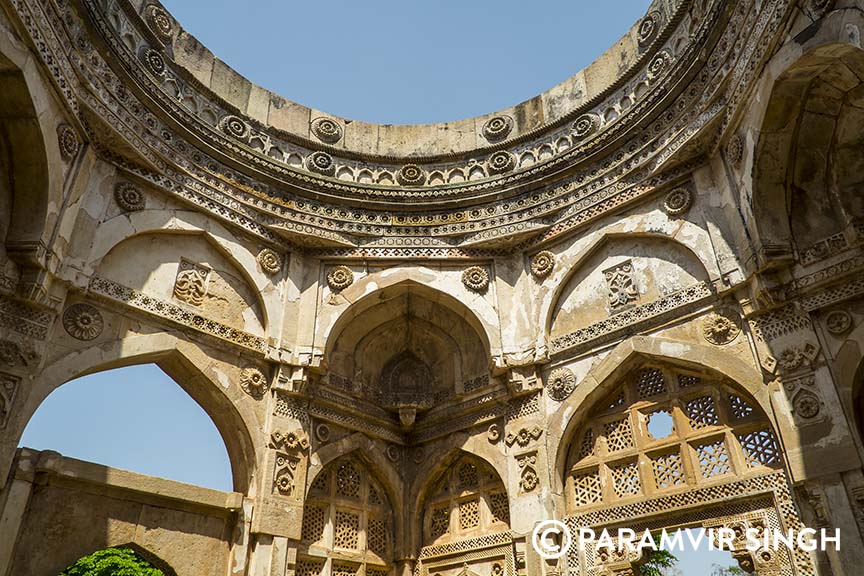
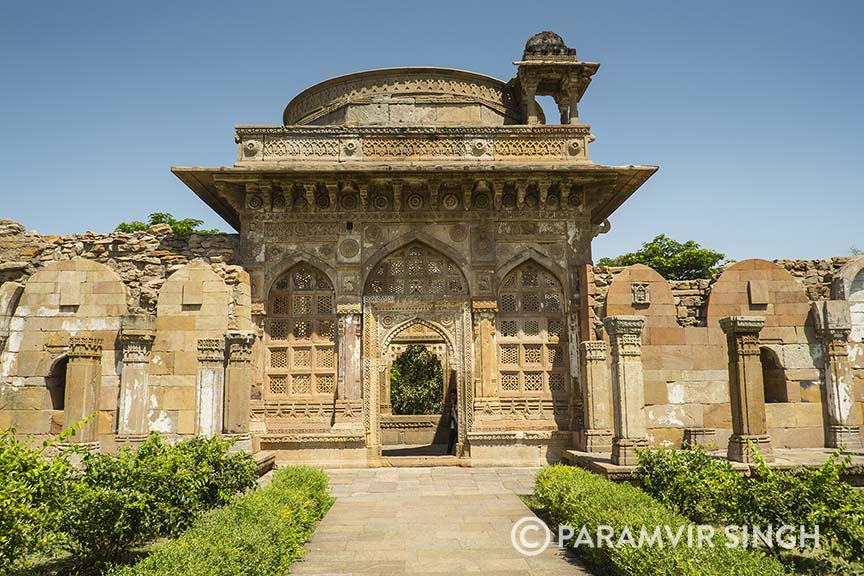
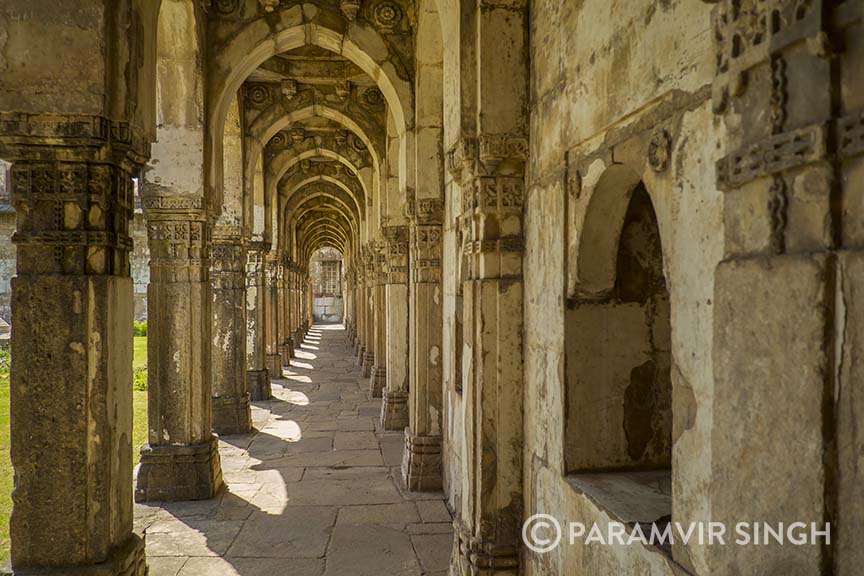
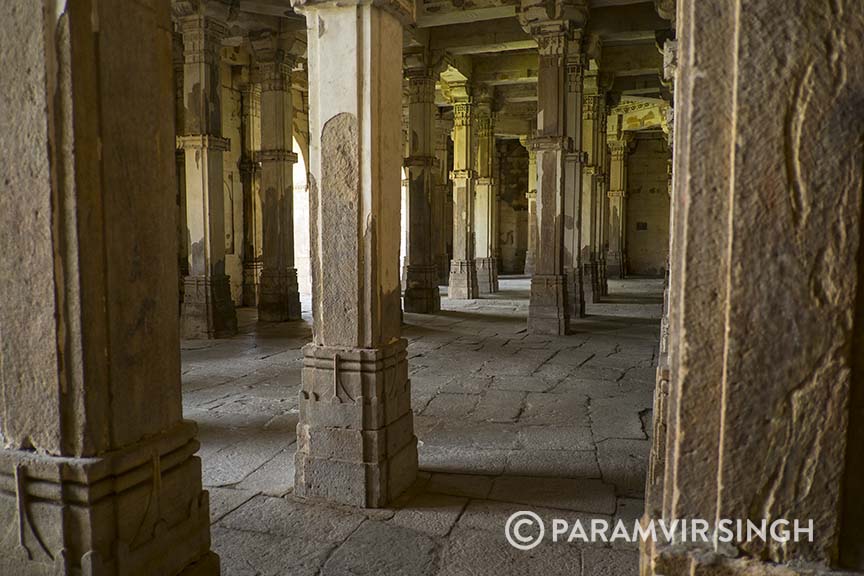
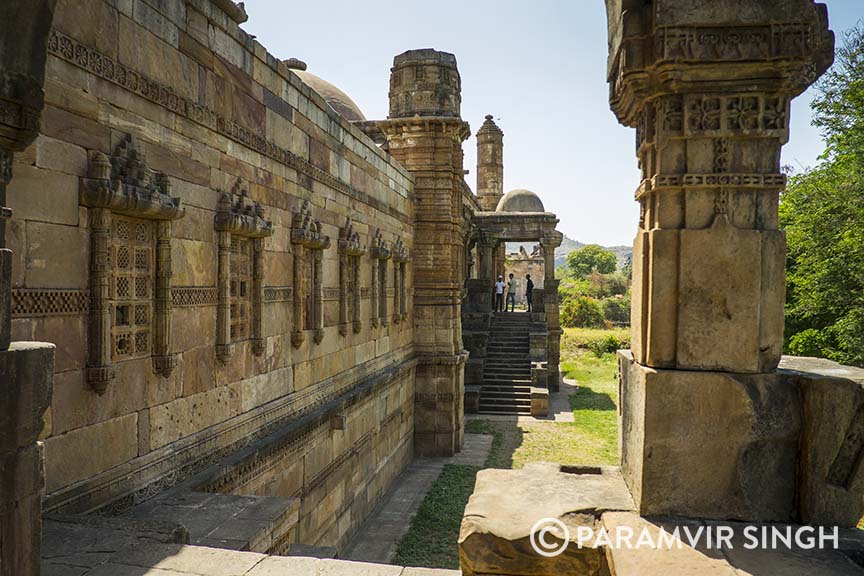
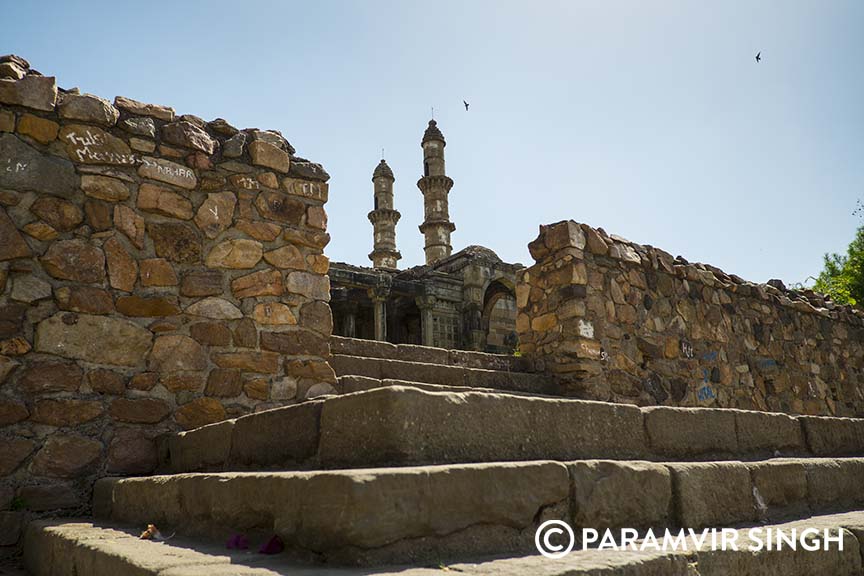
Some of the places to visit in Champaner are:
- Amir Manzil
- Champaner Fort
- Citadel Of Mahmud Beghada
- Hissar I Khas
- Khapra Zaveri Palace
- Sikandar Shah S Tomb
- Virasat Van
- Vada Talav
- Khuniya Mahadev (Best to visit during monsoon season to enjoy waterfall near khuniya mahadev)
[box type=”success” width=”100%” ]Champaner is only 45km from Vadodara and hence can easily be driven down. It’s 25km from Jambughoda. We suggest staying at the Jambughoda Palace and making day visits to Champaner Pavagadh and the Jambughoda Wildlife Sanctuary. If you, like us, would like to avoid peak season, then the full moon of Chaitra, in April, and Dasara in October, are when the biggest festivals happen at Pavagadh. Tourists and devotees pour in by the lakhs.[/box]
From Wikipedia: Champaner (also known as Muhammadabad) is a historical city in the state of Gujarat, in western India. It is located in Panchmahal district, 47 kilometres from the city of Vadodara. The city was briefly the capital of Gujarat.
It was founded by Vanraj Chavda, the most prominent king of the Chavda Dynasty, in the 8th century. He named it after the name of his friend and general Champa, also known later as Champaraj. By the later 15th century, the Khichi Chauhan Rajputs held Pavagadh fort above the town of Champaner. The young Sultan of Gujarat, Mahmud Begada, deciding to attack Champaner, started towards it with his army on 4 December 1482. After defeating the Champaner army, Mahmud captured the town and besieged Pavagadh, the well-known hill-fortress, above Champaner, where king Jayasimha had taken refuge. He captured the Pavagadh fort on 21 November 1484, after a siege of 20 months. He then spent 23 years rebuilding and embellishing Champaner, which he renamed Muhammadabad, after which he moved the capital there from Ahmedabad. In 1535, after chasing away Bahadur Shah, Humayun personally led some 300 Mughals to scale the fort on spikes driven into rock and stonework in a remote and unguarded part of the citadel built over a precipitous hillside on Pavagadh Hill. Large heaps of gold, silver and jewels were the war booty even though Bahadur Shah had managed to escape with a lot to Diu Champaner is today the site of the Champaner-Pavagadh Archaeological Park, which UNESCO designated a World Heritage Site in 2004.
Sultan Begada also built a magnificent Jama Masjid in Champaner, which ranks amongst the finest architectural edifices in Gujarat. It is an imposing structure on a high plinth, with a central dome, two minarets 30 meters in height, 172 pillars, seven mihrabs, and carved entrance gates with fine latticed windows called “jalis”.



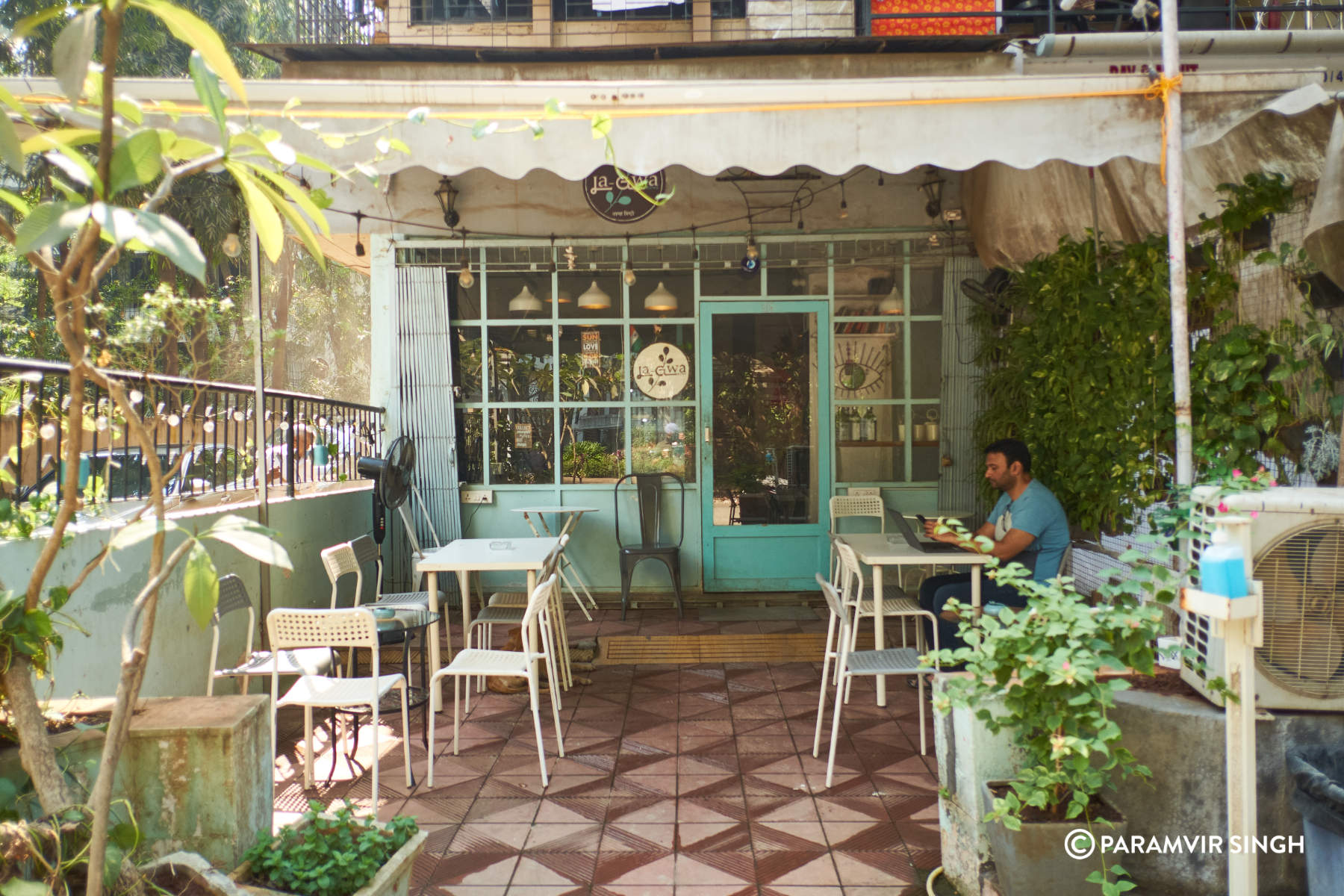
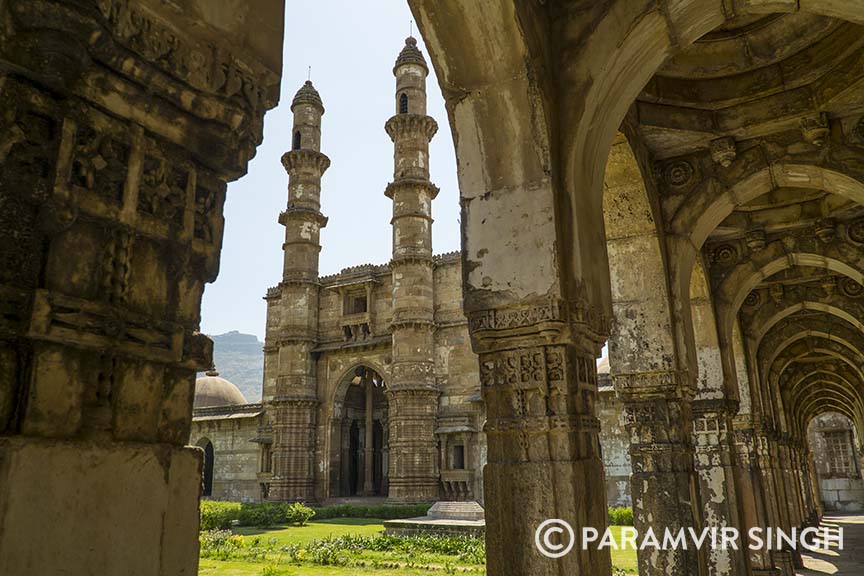

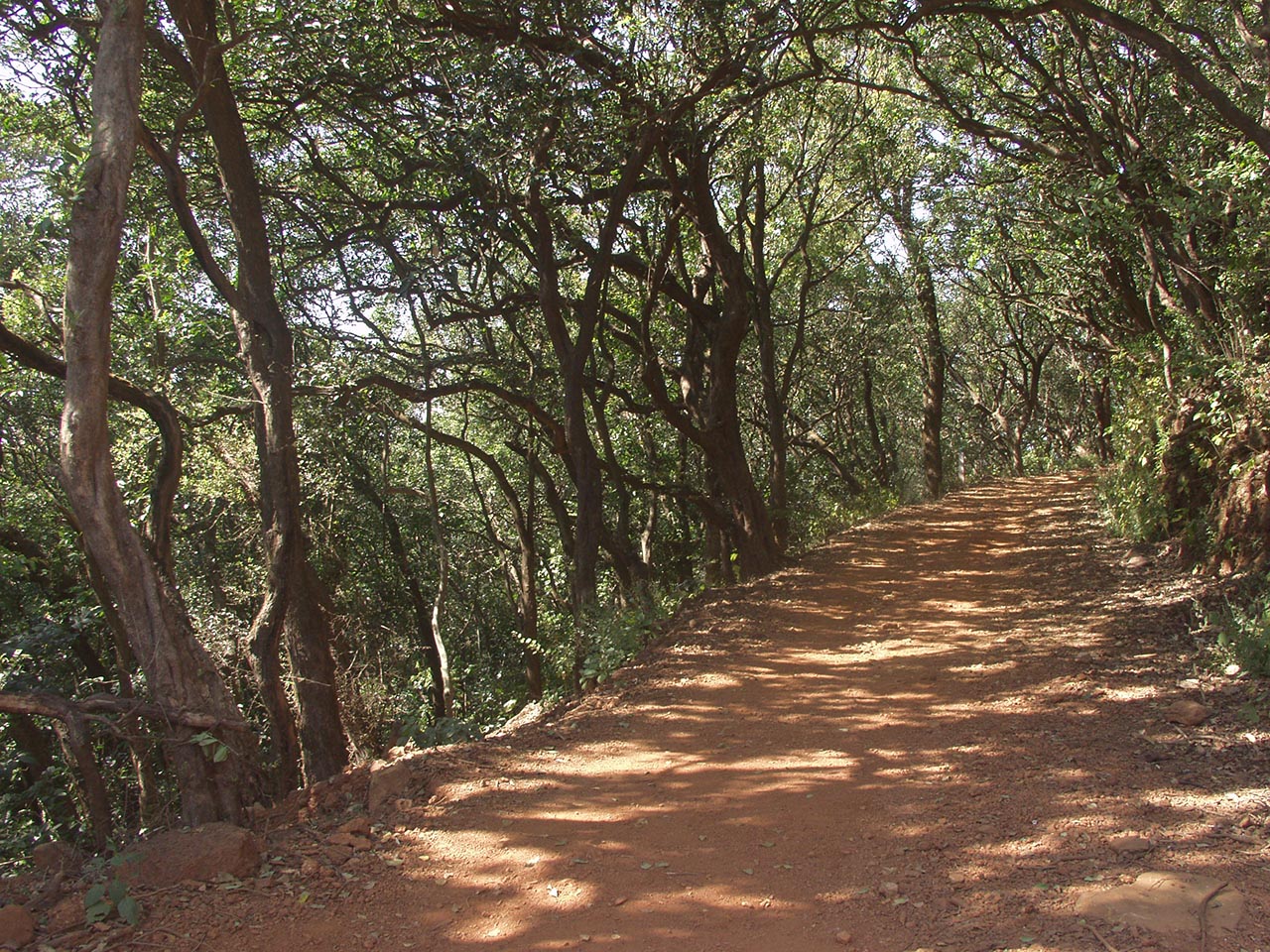
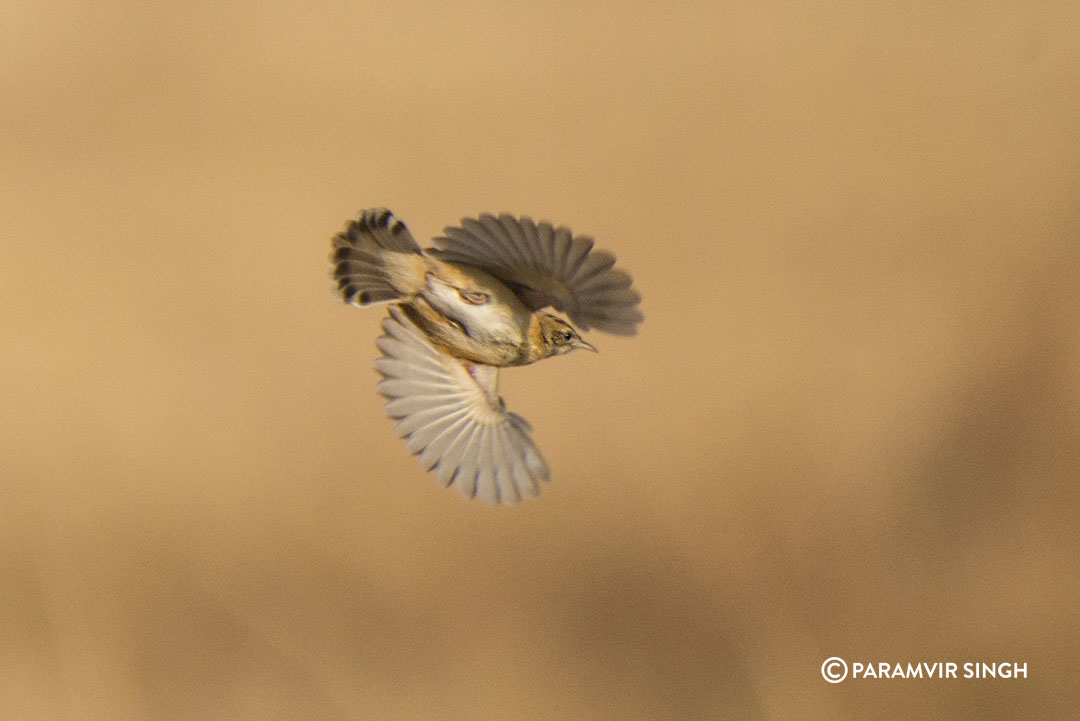
nice pics… lovely place would love to visit it… thanks and keep sharing!
Thanks a lot Lata…
Oh my gosh…!!! Incredible palace. Incredible pictures! Very well captured. Bravo! Gujarat is on my radar, so I guess, I have got one spot to hog. 🙂
Thanks a lot Renuka! You will surely love the stay here…
Love the pictures, also the description of places. It’s great what you do
Thanks Fahim! Have you been to Champaner – Pavagadh?
I don’t find that many blog posts out there on Gujarat, so I’m glad to stumble across this one of yours. I’ve always enjoyed every single trip to ancient temple or monument, and from your photos I know I would love Champaner — I might spend hours strolling around this less-known World Heritage Site.